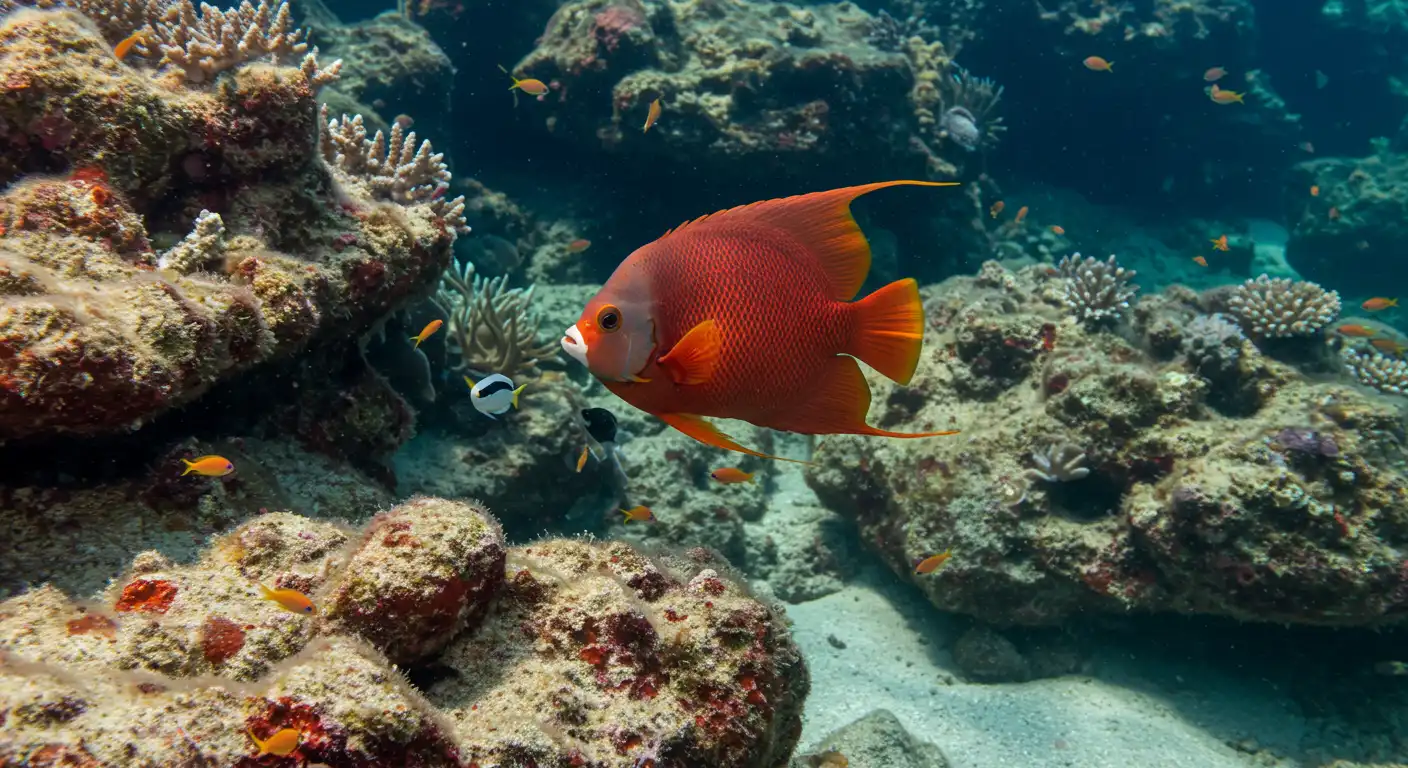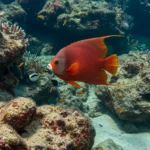Ever caught yourself mesmerized by a vibrant, flat-bodied fish gliding through an aquarium like it owns the place? That, my friend, was probably an angelfish. With their triangular fins, elegant movements, and dazzling colors, angelfish are some of the most popular tropical fish out there. But behind that pretty face is a fascinating profile worth diving into.
So, what makes angelfish so special? Let’s explore their full profile—from their natural habitat and behavior to care tips and fun facts that might just surprise you.
What Is an Angelfish?
Angelfish are freshwater tropical fish that belong to the cichlid family. Their scientific name is Pterophyllum, and they originate from the Amazon Basin in South America. Don’t confuse them with the saltwater angelfish—they’re a completely different species!
Physical Characteristics
Body Shape and Size
Angelfish are instantly recognizable thanks to their disk-like bodies and long, flowing fins. When you look at them head-on, they seem paper-thin, but turn sideways and boom—it’s a different story. Most angelfish grow up to 6 inches in length and 8 inches in height, including their fins.
Color Variations
Angelfish are basically the runway models of the fish world. Common varieties include:
- Silver Angelfish – classic with black vertical stripes.
- Marble Angelfish – a mix of silver, black, and white patches.
- Koi Angelfish – vibrant orange, white, and black colors.
- Veil Tail Angelfish – known for their dramatically long fins.
Their colors often intensify with age and proper care, kind of like fine wine.
Natural Habitat
Angelfish originate from slow-moving, heavily vegetated waters of the Amazon River system. Think warm temperatures, slightly acidic water, and lots of cover from roots and plants. These conditions have shaped how they behave and thrive in captivity too.
Behavior and Temperament
Angelfish are peaceful—for the most part. They’re calm swimmers and often seen gliding gracefully around the tank. But they also have a feisty side. Angelfish can become territorial, especially when they’re breeding or if the tank is too small.
They’re known to nip fins, particularly of slower, long-finned fish like bettas. So, while they’re not aggressive in the “shark” sense, they’re no pushovers either.
Lifespan of an Angelfish
With proper care, angelfish can live for 10 years or more, especially in well-maintained aquariums. That makes them a long-term commitment—not just a colorful impulse buy at the pet store.
Diet and Feeding
Angelfish are omnivores. That means they eat both plant and animal matter. A balanced diet might include:
- Flake or pellet food for daily nutrition.
- Frozen or live brine shrimp, bloodworms, or daphnia for protein.
- Blanched vegetables like spinach or zucchini now and then.
Feed them twice a day, just enough that they can consume within 2-3 minutes. Overfeeding is a big no-no—it dirties the tank and leads to health issues.
Tank Requirements
Tank Size
A single angelfish needs at least 20 gallons, but a community of them should have 40 gallons or more. Bigger is better when it comes to tank size.
Water Conditions
Here’s what angelfish prefer:
- Temperature: 76°F to 82°F (24°C to 28°C)
- pH level: 6.8 to 7.8
- Water hardness: 3° to 8° dKH
Use a water heater and a good filter system to maintain stability. Remember, angelfish are tropical—cold water will stress them out.
Ideal Tank Mates
You’ll want peaceful, similarly sized tank mates that won’t nip fins or get eaten. Good companions include:
- Corydoras catfish
- Platies
- Mollies
- Gouramis (peaceful types)
- Larger tetras (like black skirt tetras)
Avoid small fish like neon tetras—they may end up as snacks.
Breeding Angelfish
Breeding angelfish is both exciting and challenging. Here’s how it typically goes:
- A pair will form and clean a flat surface to lay eggs.
- The female lays hundreds of eggs, and the male fertilizes them.
- Both parents guard the eggs fiercely.
- Eggs hatch in 2–3 days; fry become free-swimming after another 5 days.
It’s best to separate the breeding pair into a dedicated tank to prevent the eggs from being eaten by other fish.
Common Health Issues
Like all fish, angelfish are prone to a few diseases:
- Ich (white spot disease): Usually triggered by sudden temperature changes.
- Fin rot: Caused by poor water quality or injury.
- Hole-in-the-head disease: Linked to poor nutrition and hygiene.
The best medicine? Prevention. Keep the tank clean, the water stable, and the diet balanced.
Do Angelfish Have Personalities?
You bet! Anyone who’s owned angelfish will tell you they’re not just pretty faces. They recognize their owners, show curiosity, and develop pecking orders in groups. Some even beg for food when they see you approach the tank.
How Smart Are Angelfish?
While they’re not solving puzzles or doing backflips, angelfish are surprisingly clever. They learn feeding routines quickly and can distinguish between different people. That’s right—they may come to the glass for you, but ignore someone else.
Are Angelfish Good for Beginners?
Yes, but with a small asterisk. Angelfish are fairly hardy and adaptable, but they do best when basic care requirements are met. If you’re new to fishkeeping, be ready to invest time into water testing, learning their behavior, and maintaining tank hygiene.
If you’re willing to learn, angelfish are one of the most rewarding fish you can own.
Interesting Facts About Angelfish
- They’re one of the few freshwater species that form monogamous pairs.
- Angelfish communicate through body posture and fin movement.
- They were first imported to the U.S. in the early 1900s.
- The name “angelfish” comes from their wing-like fins.
Cultural Significance
In various cultures and aquarium communities, angelfish symbolize grace, peace, and beauty. Their appearance in aquascaping and ornamental fish breeding has made them icons in the fishkeeping world.
Conclusion
Angelfish are more than just pretty decorations in your tank—they’re intelligent, elegant, and full of personality. From their Amazon roots to their dazzling color variations and fascinating behaviors, they offer an experience that’s as enriching as it is visually stunning.
Whether you’re a seasoned aquarist or a curious beginner, angelfish make for a beautiful and engaging addition to your aquatic family. Give them the right environment, and they’ll thrive—not just in size, but in spirit too.
Ask ChatGPT





